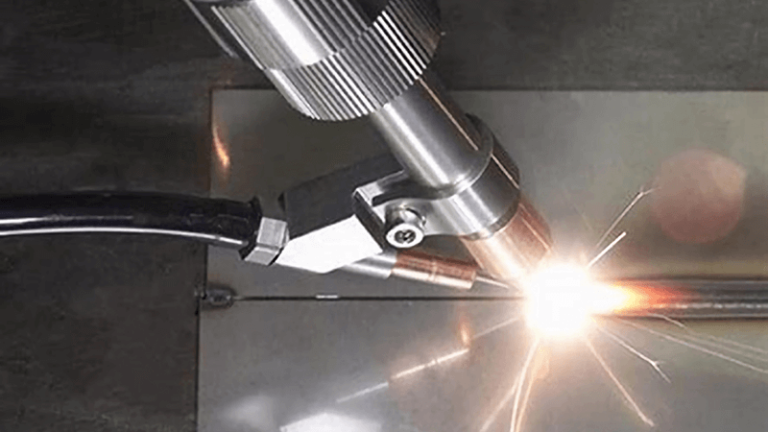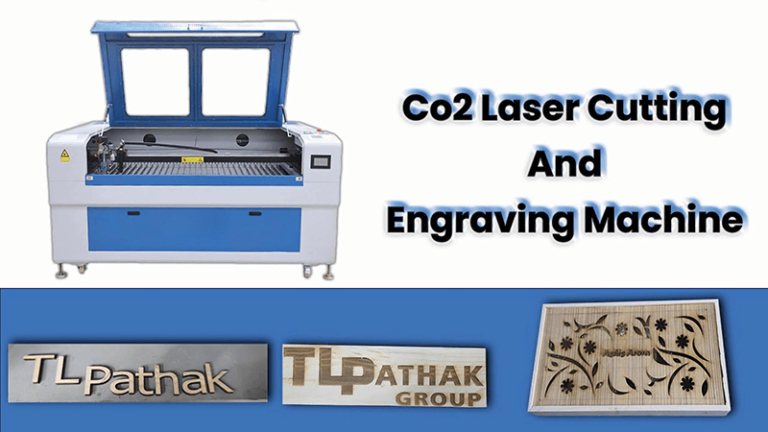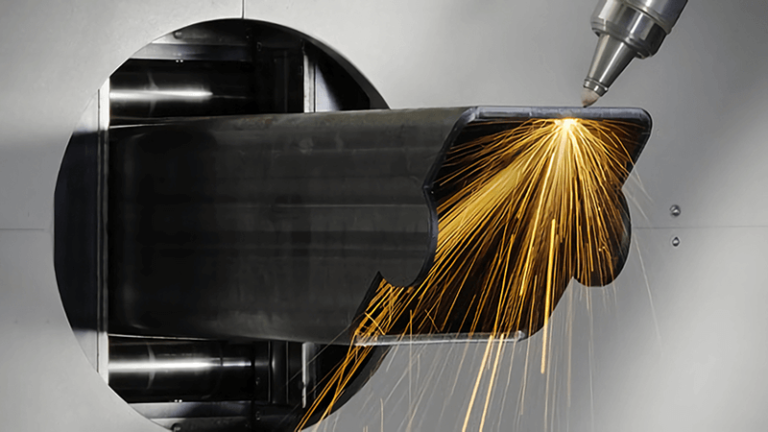Choosing the right cut for your project can be a challenging decision. Should you go with a bevel or miter cut? In the world of laser cutting, this choice can affect the precision and outcome of your work. Let's dive into the details and explore which cut suits your needs.
When it comes to laser cutting, understanding the difference between bevel and miter cuts is crucial. A miter cut is generally preferred for clean, square cuts at angles, while a bevel cut is better for angled edges and custom joints. Both are used for different purposes, and choosing the right one can make a big difference in your project.
While bevel and miter cuts serve distinct purposes, selecting the right one involves understanding your project's specific needs. Laser cutting machines from Kirin Laser provide precise and clean cuts, whether you're working with metal, plastic, or wood. Let’s break down when to use each cut type.
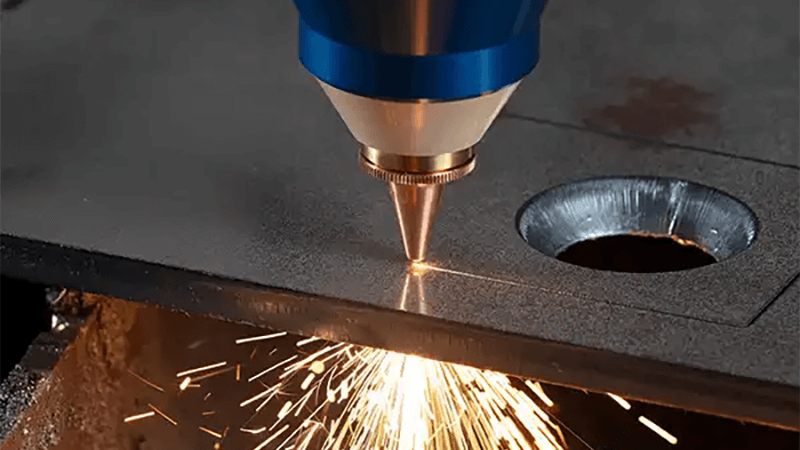
When to use bevel vs miter?
So, when should you choose a bevel cut over a miter cut? The decision depends on the type of project and the joint you're trying to create. In laser cutting, precision and application make all the difference.
A bevel cut is often used when you need angled edges for welding or custom joints, while miter cuts are perfect for making corner joints, like those in framing or cabinetry. Choosing the right cut type is key for achieving the desired joint strength and visual effect.
Choosing between a bevel and a miter cut involves considering both the functional and aesthetic aspects of your project. Let's break down their primary applications:
Miter Cuts1 – When Precision Matters for Corner Joints
Miter cuts are most commonly used for creating corner joints2, particularly in woodworking and framing applications. These cuts ensure that two pieces of material fit together cleanly at an angle, often 45 degrees. The edges meet in a sharp corner, providing a smooth, flush finish. This makes miter cuts the go-to option for projects like:
- Picture Frames: The edges of the frame pieces meet at a 45-degree angle to form a square, clean corner.
- Door and Window Frames: Miter cuts provide a seamless connection between the vertical and horizontal components.
- Crown Molding and Baseboards: These applications require miter cuts to ensure tight-fitting corners that enhance the overall aesthetics.
The precise alignment of miter cuts makes them ideal for projects that require a high degree of accuracy and neatness.
Bevel Cuts3 – When Edge Angles and Depth are Important
Bevel cuts, on the other hand, are more versatile and can be used in a variety of applications that require angled edges. Instead of creating corner joints, bevel cuts modify the angle of the face of the material. This makes them ideal for:
- Welding and Custom Joints: Bevel cuts are used to create angled edges on metals, allowing for better joint strength when welded.
- Furniture Design: Bevel cuts can be used to create angled edges on furniture, providing a modern look while making it easier to fit materials together.
- Piping and Tubing: Bevel cuts allow for the joining of pipes or tubes at angled connections, making them essential in plumbing or structural applications.
By adjusting the blade’s angle, bevel cuts allow for more flexibility in terms of the design and functionality of the joint.
| Cut Type | Primary Use | Common Angle | Best For |
|---|---|---|---|
| Miter Cut | Corner joints | 45° or 90° | Picture frames, door/window frames |
| Bevel Cut | Angled edges | Custom (e.g., 45°) | Welding, furniture, piping joints |

What type of saw would best cut a bevel miter cut?
To achieve the perfect bevel or miter cut, choosing the right saw is essential. Different saws work best for different cuts, so knowing your tools will give you better control over your projects.
Miter saws and bevel saws are both great tools for achieving clean cuts. A miter saw is commonly used for miter cuts, while a bevel saw is ideal for cutting at an angle along the face of the material. Both are available in different configurations depending on the type of project.
Both miter and bevel cuts are critical in various types of fabrication and assembly. Let’s look at the saw types used for these cuts:
Miter Saw for Precise Miter Cuts
A miter saw4 is the most commonly used tool for making miter cuts. It provides excellent control and precision, especially for tasks like cutting moldings, framing, and any project that requires angle-based joints. Here are some key features of miter saws:
- Angle Adjustments: Miter saws allow users to adjust the cutting angle, often between 0° and 90°, making it perfect for corner joints.
- Accuracy: With its sliding mechanism, a miter saw offers clean, precise cuts with minimal effort.
- Portability: While stationary models are available, there are compact, portable miter saws ideal for small projects or mobile work.
Bevel Saw for Custom Bevel Cuts
A bevel saw5 (or tilting circular saw) is specifically designed for bevel cuts, as it allows you to angle the blade along the face of the material. Here’s why it’s a great choice for bevel cuts:
- Blade Tilt: The saw’s blade can tilt to various angles, enabling you to make bevel cuts across the face of the material.
- Versatility: This saw is ideal for creating angled edges on materials like wood, metal, or plastic.
- Precision: With proper calibration, a bevel saw provides highly accurate angled cuts, especially when the angle needs to be adjusted regularly.
In laser cutting, these cuts are made with incredible accuracy. A high-quality laser cutter can replicate the accuracy of traditional saws while providing smoother and cleaner edges, reducing the need for secondary finishing work. With the advanced laser cutting6 solutions from Kirin Laser, achieving both bevel and miter cuts with precision becomes much easier.
| Tool Type | Best For | Angle Range | Ideal Materials |
|---|---|---|---|
| Miter Saw | Miter cuts (corner joints) | 0° to 90° | Wood, plastic, metal |
| Bevel Saw | Bevel cuts (angled edges) | Custom (e.g., 45°) | Wood, metal, plastic |
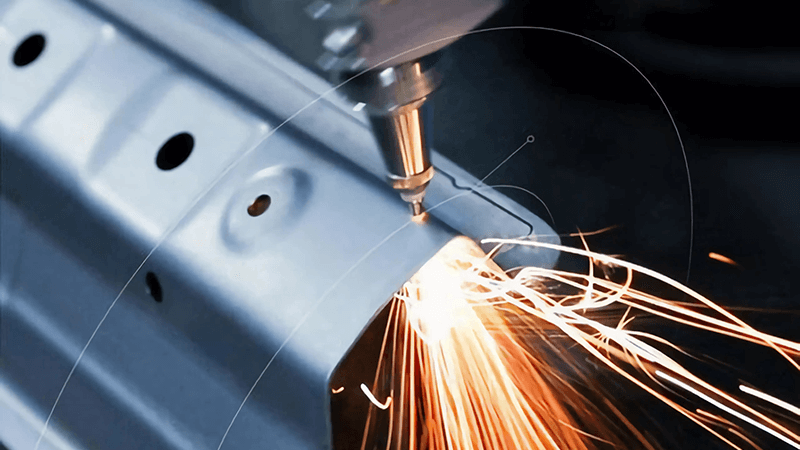
What is the purpose of a miter cut?
Understanding the purpose of a miter cut helps you determine when to use it in your projects. Whether you're crafting furniture or building a frame, knowing its advantages can lead to a cleaner, more polished result.
Miter cuts are mainly used to create corner joints. They are ideal for framing projects where you need a precise angle at the edges to achieve a clean, professional finish. This cut ensures that materials fit together neatly and at the correct angle.
Miter cuts are essential in various industries and projects where precise corner joints7 are needed. The purpose of this cut is to ensure that two pieces of material meet at the correct angle, usually 45° or 90°, to create a strong and aesthetically pleasing joint. Here’s why miter cuts are so important:
Applications of Miter Cuts
- Framing Projects: In the construction of frames, miter cuts ensure that corners meet neatly, giving the frame a professional and polished look.
- Decorative Trim: In interior design, miter cuts are commonly used to fit baseboards, crown moldings, and window casings. The clean angle ensures that the trim fits tightly against walls or ceilings.
- Furniture: For furniture makers, miter cuts create sharp, accurate corners in table legs, cabinets, and other pieces where a 90° joint is essential.
Strength of the Joint
Miter cuts8 are particularly useful because they maintain the strength of the joint. Since the material is cut at a precise angle, the joint can handle stress and strain better, especially in projects like framing where the corner must be stable.
In laser cutting9, achieving a perfect miter cut is easier and faster, with less risk of inaccuracies. The technology ensures that each cut is sharp and clean, reducing the risk of gaps or misalignments in your joints.
| Project Type | Importance of Miter Cut | Angle Commonly Used |
|---|---|---|
| Picture Frames | Precise corner joints for clean edges | 45° |
| Door Frames | Strong, flush joints | 45° |
| Furniture Design | Tight-fitting joints for stability | 45° |
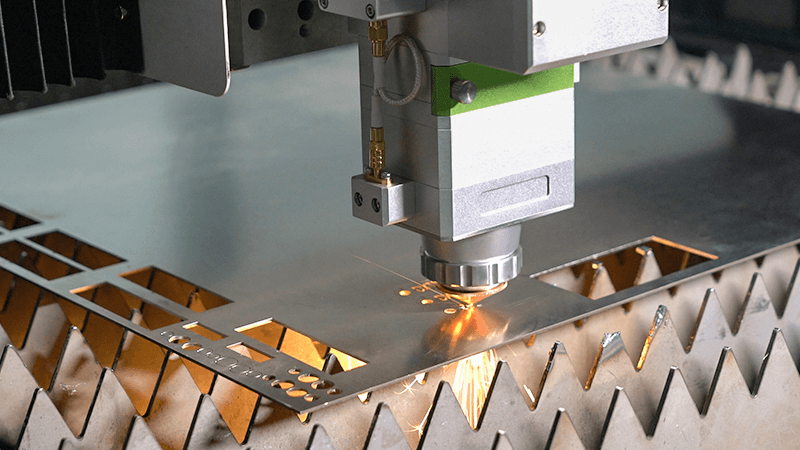
What is the most common cut on a miter saw?
When working with a miter saw, it’s important to know what cuts are most commonly used and why. These cuts are crucial for different projects, and understanding them can make your work easier and more efficient.
The most common cut on a miter saw is the miter cut, typically set at 45 degrees for clean, precise corner joints. It’s ideal for framing, molding, and other applications where exact angles are necessary.
Miter saws are designed primarily to make miter cuts, and this is the most common use for this type of saw. A miter cut involves cutting a material at a precise angle, typically 45° or 90°, to create a corner joint. Let's explore the common types of cuts made with a miter saw:
Common Miter Saw Cuts
- 45-Degree Miter Cut10: The most commonly used cut on a miter saw. It is the standard angle used for making picture frames, door frames, and window frames.
- Compound Miter Cuts11: This cut is a combination of both a miter and bevel cut, often used in crown molding where both horizontal and vertical angles are required.
- Straight Crosscuts12: Although less common, a miter saw can also make straight crosscuts when needed, particularly when working with smaller pieces of material.
| Cut Type | Common Angle | Application |
|---|---|---|
| 45-Degree Miter | 45° | Picture frames, door/window frames |
| Compound Miter | Variable (e.g., 45°) | Crown molding, angled trim |
| Straight Crosscut | 0° | Small framing cuts, woodworking |
In laser cutting, the precision of a miter saw is matched by the accuracy and cleanliness of a laser cutter, making it an ideal tool for detailed work.
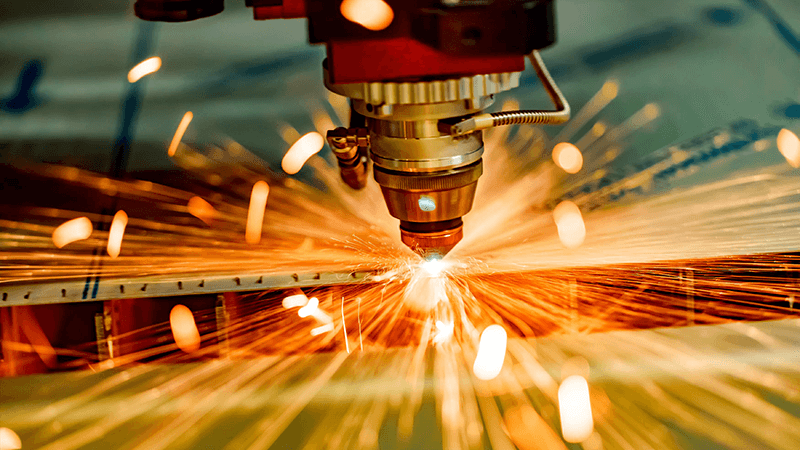
Conclusion
Both bevel and miter cuts serve distinct purposes in different types of projects. Understanding when to use each cut type, selecting the right tool, and knowing their applications can help you make the best decision for your work. Whether you're framing, creating custom joints, or building furniture, the precision offered by tools like miter saws and laser cutting machines[^13] from Kirin Laser can make all the difference in your project’s outcome.
Contact us to get more information about this kinds of applications.
-
Explore this link to understand the various applications of Miter Cuts, enhancing your woodworking projects with precision. ↩
-
Learn effective techniques for creating strong corner joints, essential for achieving professional-quality woodworking results. ↩
-
Discover the benefits of Bevel Cuts in furniture design, offering modern aesthetics and improved functionality. ↩
-
Explore this link to find top-rated miter saws that ensure precision and control for your projects. ↩
-
Discover the best bevel saws that offer versatility and precision for your cutting needs. ↩
-
Learn how laser cutting technology can enhance your cutting accuracy and efficiency compared to traditional methods. ↩
-
Discover the significance of corner joints for stability and aesthetics in various projects. ↩
-
Explore the advantages of miter cuts to enhance your projects with precision and aesthetics. ↩
-
Learn how laser cutting technology can elevate your craftsmanship with precise miter cuts. ↩
-
Understanding the 45-Degree Miter Cut is essential for anyone looking to create professional-looking frames and joints. Explore this link for detailed insights. ↩
-
Compound Miter Cuts are crucial for intricate projects like crown molding. Discover more about their applications and techniques by following this link. ↩
-
Learning to make Straight Crosscuts can enhance your woodworking skills. Check out this resource for tips and techniques to improve your cuts. ↩


